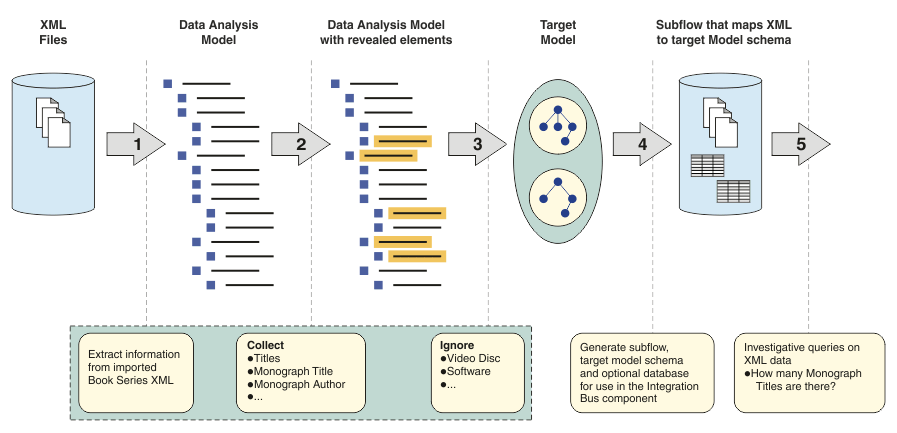Streamline your data processing with Sthira's efficient workflow


Data analytics refers to the process of collecting, exploring, and interpreting organizational data to generate actionable insights. Modern platforms incorporate natural language processing, automated insights, and embedded AI/ML to empower both technical and non‑technical users to analyze data without deep technical skills.
Define a profile and load sample XML documents for analysis.
scans for unique structures. Repeated patterns are ignored for clarity. A Data Analysis model is built.
Define which parts of the data you want to retain.
Choose relevant elements. Modify the structure visually or in a relational format.
Sthira creates a set of transformation tools: Map, Schema, Validation stylesheet, Subflow.
These tools are now usable within Shaiva's integration flows to convert, validate, route incoming XML data efficiently.
A logistics company receives XML manifests from shipping partners. They only need:
Using Sthira:
 Data Analysis Architecture
Data Analysis Architecture
Data Analysis Streamline your data processing with Sthira's efficient workflow
